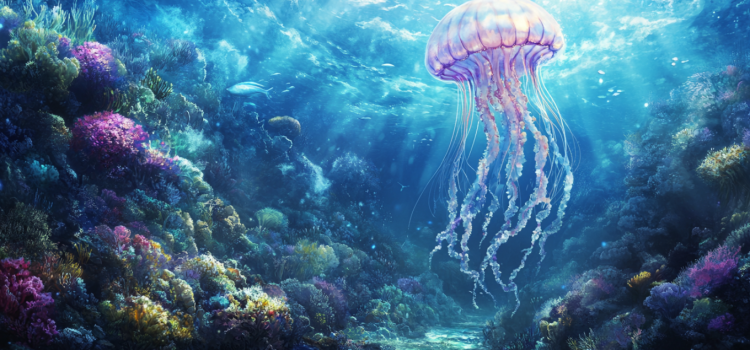What’s wrong with traditional medicine’s approach to autoimmune disease? Why isn’t medication the solution? Amy Myers, a functional medicine physician who reversed her own diagnosis of Graves’ disease, believes that traditional medicine has it all wrong when it comes to autoimmune disease. She lays out what they have wrong and the approach she believes is more effective. Continue below for Amy Myers’ take on autoimmune disease and medication.
Curing Autoimmune Disease: Medication Isn’t the Answer










